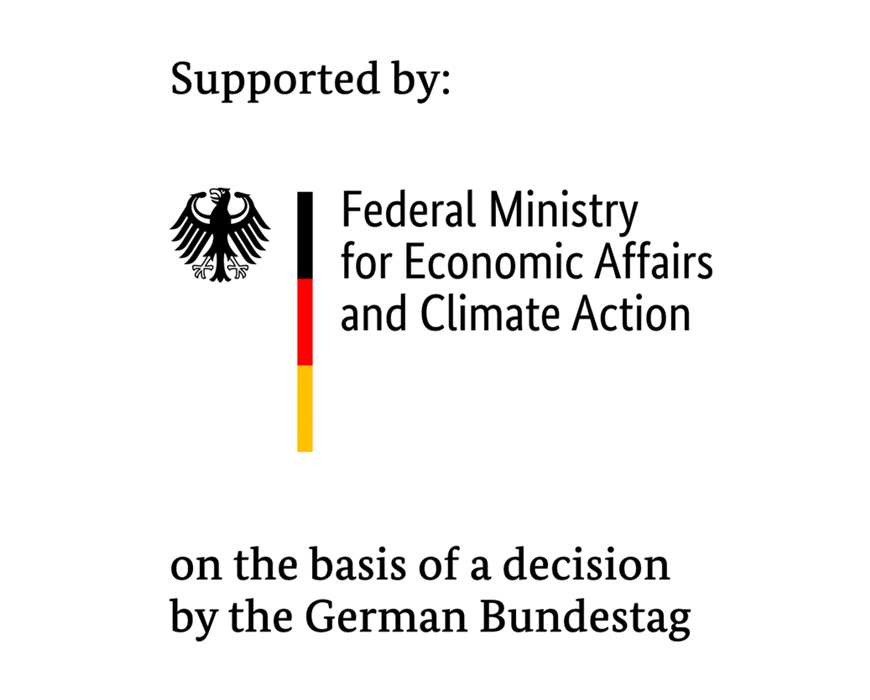At a glance
- At present, impact driving procedures are used for the installation of monopiles as foundation structures for offshore wind turbines.
- Impact driving causes noise emissions that only comply with the prescribed limits with the help of expensive reduction measures.
- The use of vibration methods could solve this problem. However, there are no calculation models available for assessing the impact on the load-bearing behavior of monopiles.
- As part of the VIPile research project, the project partners are developing validated calculation models for the installation and bedding stiffness of vibrated monopiles using large-scale tests and numerical simulations.
The challenge
The monopile is currently the most cost-effective foundation version for offshore wind turbines. When it comes to the installation, rapid progress is key: on the one hand, only limited weather windows are available for working at sea, and on the other hand, the daily rates of the installation equipment are decisive cost factors.
At the same time, sound limits must be complied with during installation to protect marine wildlife. Impact driving, which is commonly used, only undercuts these values if expensive reduction measures such as bubble curtains and hydro silencers are used.
The solution
The alternative method of vibratory driving involves driving the pile into the ground with the help of machines that introduce oscillating vertical forces, i.e., vibrations, into the pile through a special arrangement of rotating unbalances. These vibrations can reduce the resistance of the soil through targeted control so that the pile penetrates the soil under its own weight and the static applied load.
The basic suitability of this type of installation has been confirmed in (pilot) projects. However, in order to become established in the offshore wind sector, in addition to the required machine technology, reliable evaluation of the installation procedure is also vital.
The overall goal of the VIPile research project is thus to make validated calculation models available for the installation and bedding stiffness of vibrated monopiles as an alternative foundation for offshore wind turbines using large-scale tests and numerical simulations. They enable a technical assessment of vibration driving process and its effects on the load-bearing behavior of the foundation to be carried out.
The added value
Within the scope of a sub-project, the Fraunhofer IWES, as the project coordinator, will build upon findings from a previous research project (TANDEM) and expands the results of this project regarding the influence of the driving method on the load-bearing behavior of the monopile to include the vibration method. Among other things, the designs of the test campaigns are to be developed on the basis of model laws and experience gained from the TANDEM project. This will ultimately lead to the development of a model approach for mapping the load-bearing behavior of vibrated piles, which will enable further development of the Fraunhofer IWES virtual test bench for vibration-driven piles.
